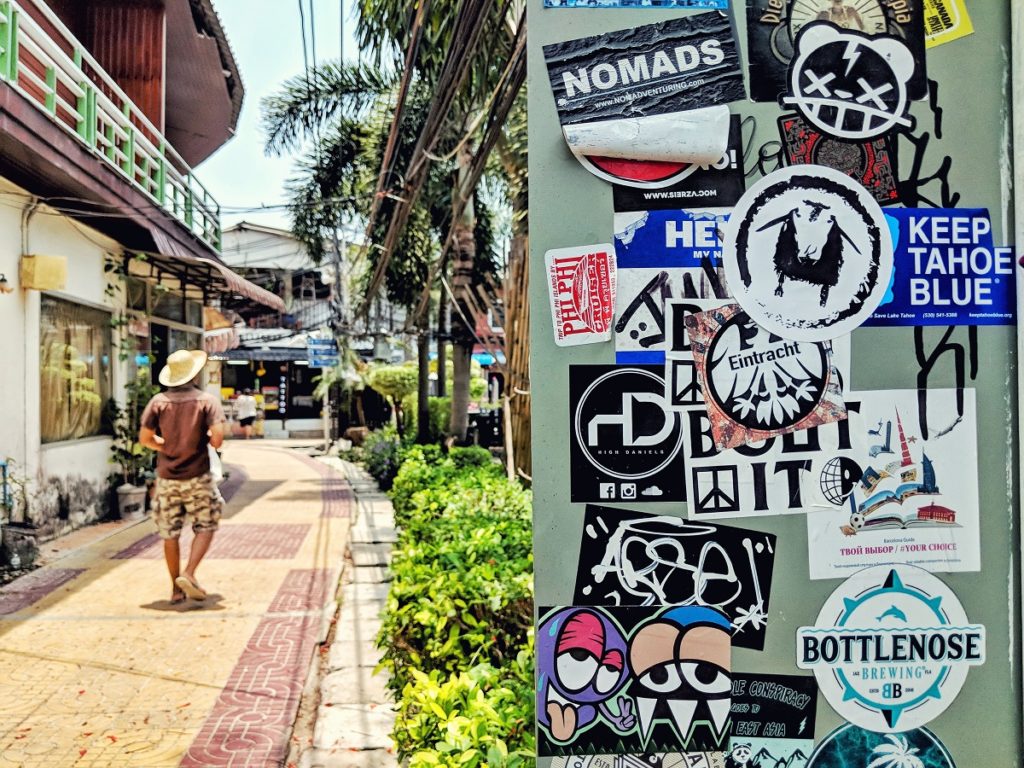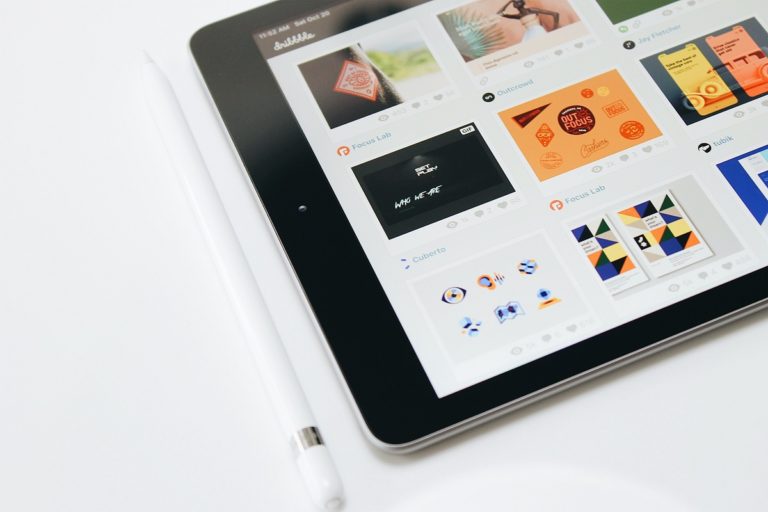If you close your eyes and try to picture in your mind two large golden arches, does it remind you of a global food brand that mainly sells hamburgers?
How about imagining a Panda? Do you associate it with an international non-government organization that advocates animal protection and ecological conservation?
Seeing a silhouette of an apple, usually gray, reminds you not of a fruit stand nor an apple farm but a brand that is famous for slim but powerful smartphones and laptops.
Powerful images, right? These logos, for sure, were designed very strategically to evoke images, feelings, and recall — all meant to drive instant brand recognition plus continuous product sales. These works of art were, at the same time, scientifically crafted by experts. Professionals from a creative agency take the business owner’s vision and translate them into relatable, easy-to-comprehend, and memorable logos that will be remembered by generations of consumers.
Graphic Design as a Major Business Input
Many businesses, especially start-ups, often place their emphasis on product development, and rightly so. The product is what brings actual revenue in terms of sales. However, it cannot be overemphasized that it is a brand image or identity that attracts the customers. They are later on persuaded to make the purchase typically through an advertisement, and in some cases, via a recommendation or referral from a trusted friend, family member, or work associate.
Graphic designs, from the logo to the store furnishing, layout, and even uniforms of sales staff at a brick-and-mortar shop, are essential to creating a mood or environment conducive to sales. It is even more critical for online engagements with the customer. For example, on a website that is optimized for e-commerce, there is usually minimal direct interface or communication between the customer and the company. Some websites incorporate a ‘live chat’ feature so that the customer can make inquiries in real-time. Some sites have videos to provide more information about the product or services being offered. What makes them stay inside the brick-and-mortar shop and the website, in no small measure, is the graphic design of the brand or service.
More Effective Graphic Design, Better Sales

The Harvard Business Review published an article about effective logo designs. In gist, a study was made on 597 logos, and the researchers found out that effectively designed brand images or designs had significantly influenced customers’ perceptions about a company and its product. The study also linked good logo designs to an increase in sales, which means more profit for the company.
Graphic design could either be descriptive or non-descriptive. A descriptive design for a logo could be an illustration that includes both the text and image of the product or service. A non-descriptive one may not include elements or pictures of the product or service.
For example, the iconic non-descriptive Spencerian script and red background of Coca Cola do not incorporate a picture of a soft drink bottle. Yet, everybody on the planet knows it is about the popular beverage. One of the most popular coffee brands in the world used a mermaid for its logo, yet customers are not confused by it. That mermaid image even added to the mystique and popularity of the brand.
An example of a descriptive logo design is that of FIFA (Fédération Internationale de Football Association, the international governing body for the sport of football). While its organizational symbol evolves yearly with each World Cup, the four letters are almost always accompanied by an artistic image of a football or soccer ball. The Chili’s restaurant chain logo is also very descriptive because a red chili is prominently seen across the brand name.
Color Psychology in Graphic Design
The design is usually associated with creativity. One thing that is often not given the appreciation it deserves is the color scheme of a brand logo. Psychologists have long discovered that specific colors evoke particular emotions. While personal experience and context still defines how a person might react to a specific color, a study made by the University of Winnipeg has shown that color can influence “up to 90% of snap judgments” about a company, product, or service. This study was also cited in a related article published by Psychology Today, a printed magazine and website that features research papers and industry news written by psychologists, psychiatrists, and even lawyers.
Remember the orange ink splatter used for Nickelodeon’s logo? It does evoke fun, yes?
The Japanese gaming giant Nintendo uses the red color for its logo fonts to project thrill and excitement.
Some companies like Google and eBay, on the other hand, use multi-colors in their logo to denote variety or diversity in their products and services.
Indeed, the colors and design of a company’s logo can make or break its so-called brand identity or brand equity. Logos are indispensable works art that is always carefully constructed based on scientific principles since these impact the business and its bottomline.




